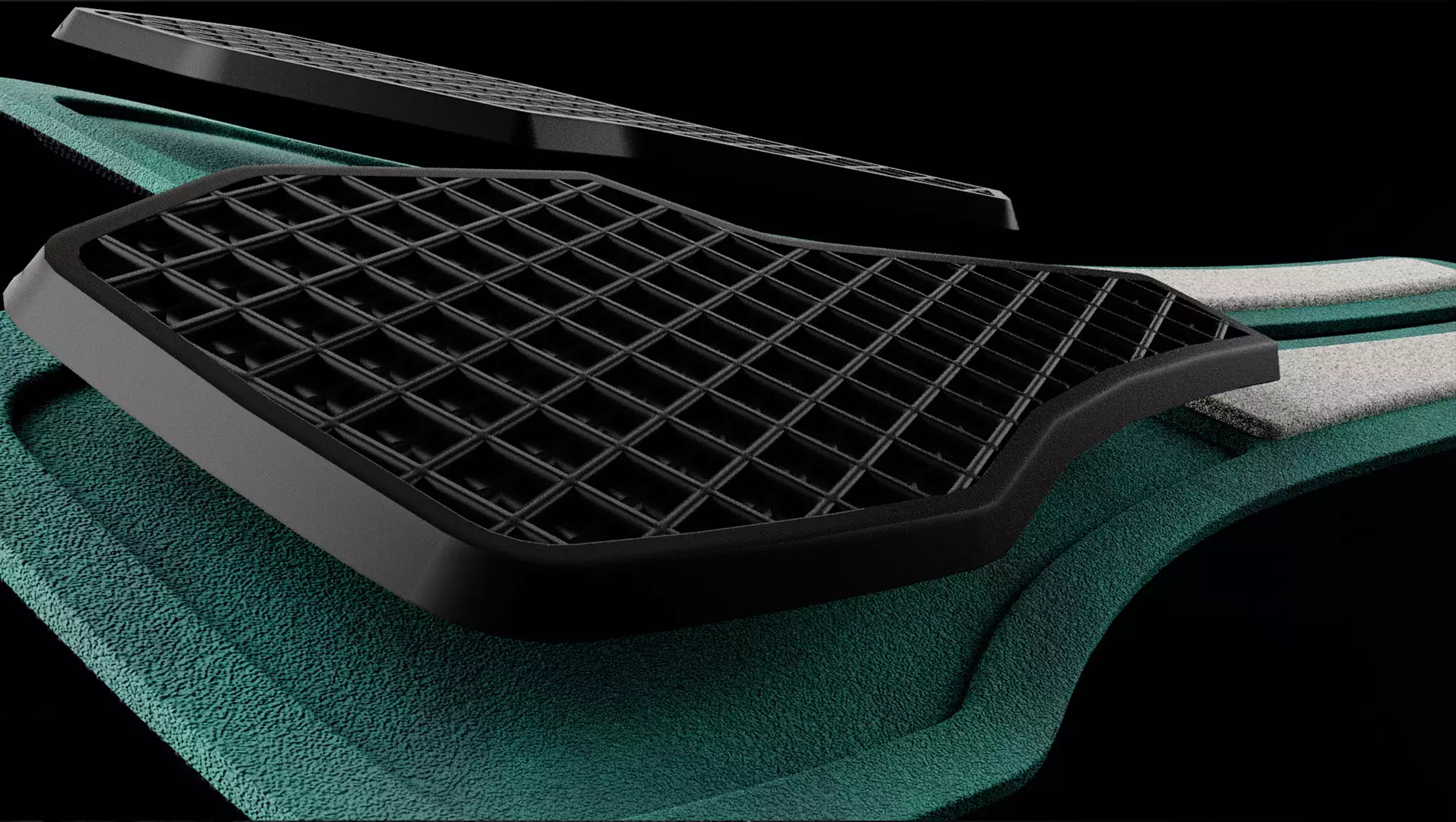Elastic Interface and Endura have each announced a new product at Eurobike this week that pushes the technological innovation of chamois pads to a new (third) dimension, by introducing 3D printing to the process. In recent years, 3D printing has grown in prevalence in the cycling industry. It's had some negative press - notably the Olympic pursuit bike handlebar that snapped and an awkward-looking computer mount - but on the whole, it's been used to great effect on frame lugs, components, and perhaps most prevalently, saddles.
Specialized, Fizik, Cadex and most recently Selle Italia have adopted the 3D printing technology - most using California-based company, Carbon - and while expensive, the saddles we've tried so far have been among the best road bike saddles we've tested. With the popularity and success of the technology in saddles, it's a natural progression, therefore, that it be applied to the surface with which the saddle interacts, the chamois pad. Enter Elastic Interface, one of the world's largest suppliers of chamois pads, and Endura, UK-based cycling clothing manufacturer, who have both done just that.
(Image credit: Elastic Interface) Elastic Interface N3X From Elastic Interface, the N3X claims to be the first 3D printed chamois on the market, it replaces the extruded polyester foam with a 3D printed honeycomb-style insert that sits beneath each sit bone. According to the brand, it provides a range of improvements over a traditional chamois pad. With the way that the traditional cell structure of a foam pad is constructed, it is impossible to control the density with any degree of localised control.
3D printing makes this possible, effectively allowing Elastic Interface to tailor varying degrees of squish to different areas with millimetre precision. In addition, with a traditional chamois pad, the foam cell structure can be compressed and collapse over time, leading to reduced comfort and worn-out shorts. Elastic Interface claims that 3D printing is more durable in this regard.
Furthermore, given the material is hydrophobic and built with thousands of small holes throughout, it will not hold water like traditional foam, and will be more breathable, offering reduced build-up of heat and sweat. Finally, the brand says the 3D printing manufacturing process is less wasteful, as it can be set to print a specific shape without also producing offcuts. With that, each chamois pad is said to be recyclable into new filaments - though there's no information if and how this will be put into action for used products at the end of their lifecycle.
The brand says the N3X will be available in early 2023. Trypophobes, look away now: This is the hexagonal lattice structure that makes up the Endura Matrix chamois pad. (Image credit: Will Jones) Endura Matrix Using a technology fairly well known in the cycling industry, Endura has looked to Carbon, the California-based company that has worked with Fizik and Specialized on the Adaptive and Mirror saddles respectively.
Both of which feature in our roundup of the best 3D printed saddles . The result is the Endura Matrix seat pad, which will first be found in its Pro SL EGM Matrix bib shorts. It was borne out of a collaboration with Phil Burt, the physiotherapist and bike fit specialist behind many of Team GB's Olympic successes.
It benefits from many of the same claims as the Elastic Interface above, including durability, tailored localised density, improved breathability and hydrophobia. It also claims to benefit from additional lumbar and glute support panels for improved rider performance. No launch date for the Pro SL EGM Matrix shorts has been provided by Endura, but it is found among the brand's 2023 product line, so expect it will be made available ahead of summer - shorts season - 2023.
.

